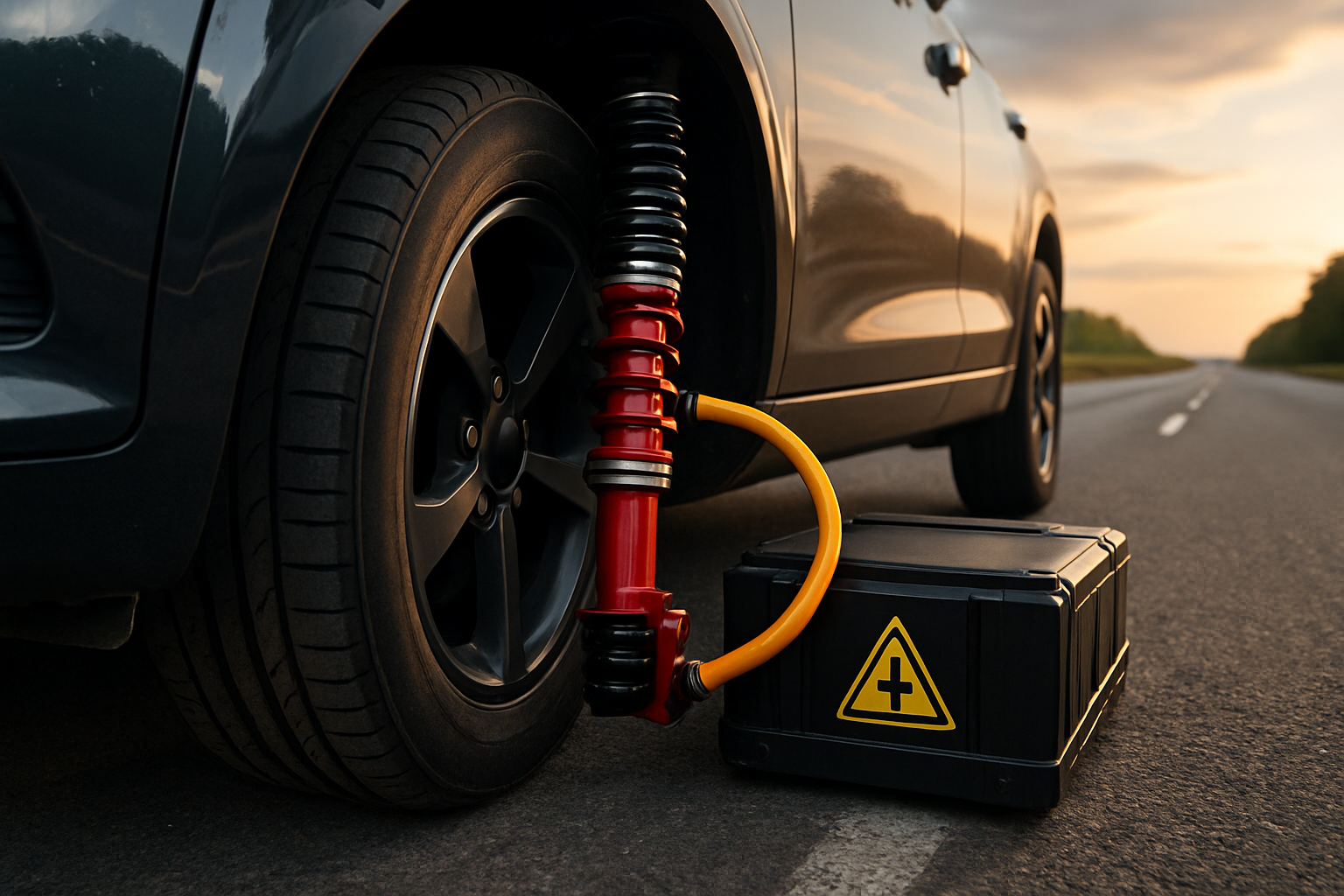Tow Trucks: Types, Equipment, and Vehicle Recovery
Tow trucks play a crucial role in keeping roads moving by recovering disabled vehicles, clearing accidents, and transporting trucks or cars to repair facilities. These specialized vehicles come in several configurations and are equipped to handle a range of situations, from light breakdowns to heavy-duty recoveries. Understanding types, equipment, safety practices, and business considerations helps vehicle owners and operators choose appropriate services and plan for emergencies.

Tow truck types and uses
There are several common tow truck types, each designed for distinct tasks. Flatbed trucks carry vehicles on a level platform and are often used for damaged or all-wheel-drive vehicles. Hook-and-chain trucks (less common today) were used for rear-lift towing. Wheel-lift trucks use a metal yoke that lifts a vehicle by its wheels, and integrated wreckers combine a boom and wheel lift for heavy-duty recoveries. Rotator tow trucks include hydraulic arms that can rotate, which is useful for complex recoveries and upright placement.
Choosing the right tow truck depends on the vehicle condition, access at the scene, and distance to transport. Light-duty trucks suit cars and small SUVs; medium- and heavy-duty trucks handle larger vehicles, tractors, or commercial trucks. For roadside assistance, availability and response time may be more important than the specific truck type.
How vehicle recovery works
Vehicle recovery typically begins with an assessment of the scene: vehicle position, damage, traffic conditions, and any hazards like leaking fluids. Tow operators use winches, straps, chains, and stabilizing equipment to secure the vehicle before movement. For rollovers or steep terrains, operators may use additional anchoring, snatch blocks, and cranes or rotators to safely upright and extract the vehicle without causing more damage.
Recovery also involves coordination with emergency services when there are injuries or hazardous materials. Proper scene management reduces secondary accidents and protects both the recovery crew and other road users. Many operators follow standardized procedures and manufacturer guidelines to minimize risk during lifting and towing.
Choosing the right truck for the job
Matching the truck to the task requires considering vehicle weight, damage, drivetrain, and road conditions. Flatbeds are preferred for cars with suspension damage or when minimizing further wear is important. Wheel-lift or hook-equipped trucks are faster for simple tows, like moving a parked vehicle, but may stress suspension components if used improperly. Heavy-duty wreckers or rotators are necessary for commercial trucks, buses, or complex accident scenes.
Operators should verify a tow truck’s rated capacity, securement points, and any specialty equipment, such as low-profile adapters for sports cars. For fleet managers and business owners, maintaining a mixed fleet—light, medium, and heavy-duty trucks—can improve service flexibility and reduce the need to subcontract specialized recoveries.
Essential towing equipment and safety
Standard towing equipment includes winches, tow bars, wheel-lift yokes, chains, straps, snatch blocks, and safety cones or flares for scene protection. Personal protective equipment (PPE) like high-visibility vests, gloves, and appropriate footwear is crucial. Modern trucks also carry grounding tools for electric vehicles, spill kits for fluids, and smart lighting systems to enhance visibility during night operations.
Routine equipment inspection and maintenance are essential: winch cables, hooks, hydraulic systems, and securement devices must be checked for wear and rated properly. Training in load distribution, vehicle stabilization, and EV-specific procedures helps reduce the risk of damage to the vehicle and injury to personnel. Regulatory compliance, such as weight limits and securement rules, also affects how equipment is used.
Running a towing business and regulations
Operating a towing business involves fleet management, licensing, insurance, and local regulations. Business owners must secure commercial vehicle insurance, liability coverage, and often specialized permits for heavy-haul operations. Rates, response zones, and service types (roadside assistance, accident recovery, impoundment) are typically regulated at municipal or state levels, so familiarity with local rules is important.
Customer service and transparent billing practices influence reputation and repeat business. Many operators partner with roadside assistance programs, vehicle fleets, and insurers to generate steady work. Training programs, documented safety protocols, and vehicle maintenance records not only improve operations but also help meet compliance and insurance requirements. Advertising for local services should clearly state service areas and capabilities.
Conclusion
Tow trucks are specialized vehicles that combine mechanical capability, safety equipment, and trained operators to recover and transport vehicles of many sizes. Understanding tow truck types, recovery procedures, essential equipment, and business or regulatory considerations helps vehicle owners, fleet managers, and operators make informed choices when selecting services or building a towing operation. Proper preparation and adherence to safety standards reduce risk and ensure the vehicle is moved efficiently and securely.





